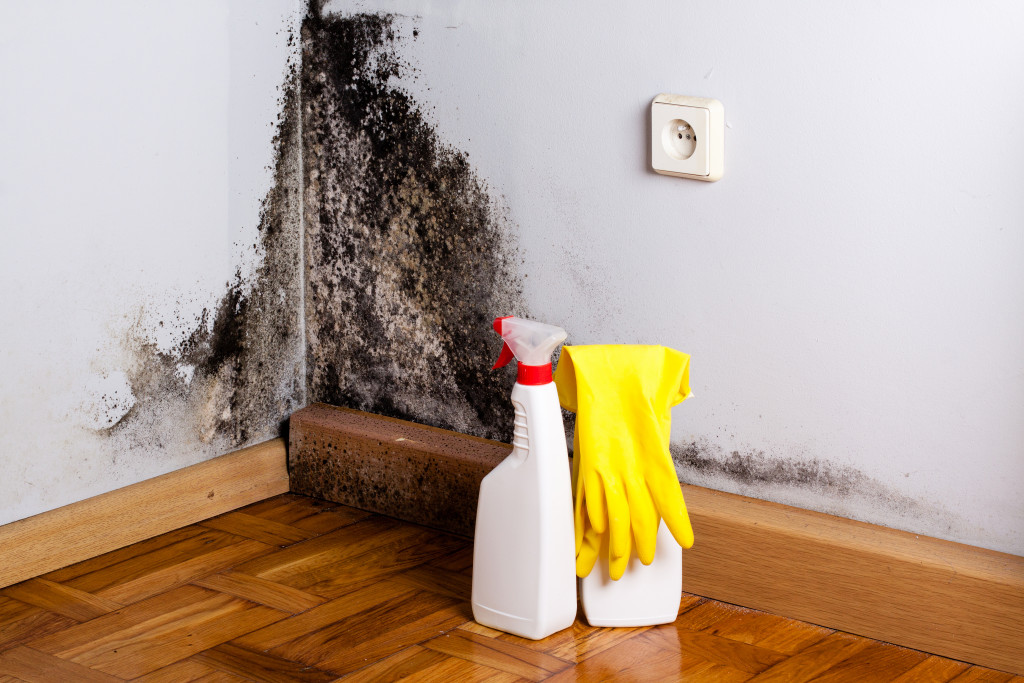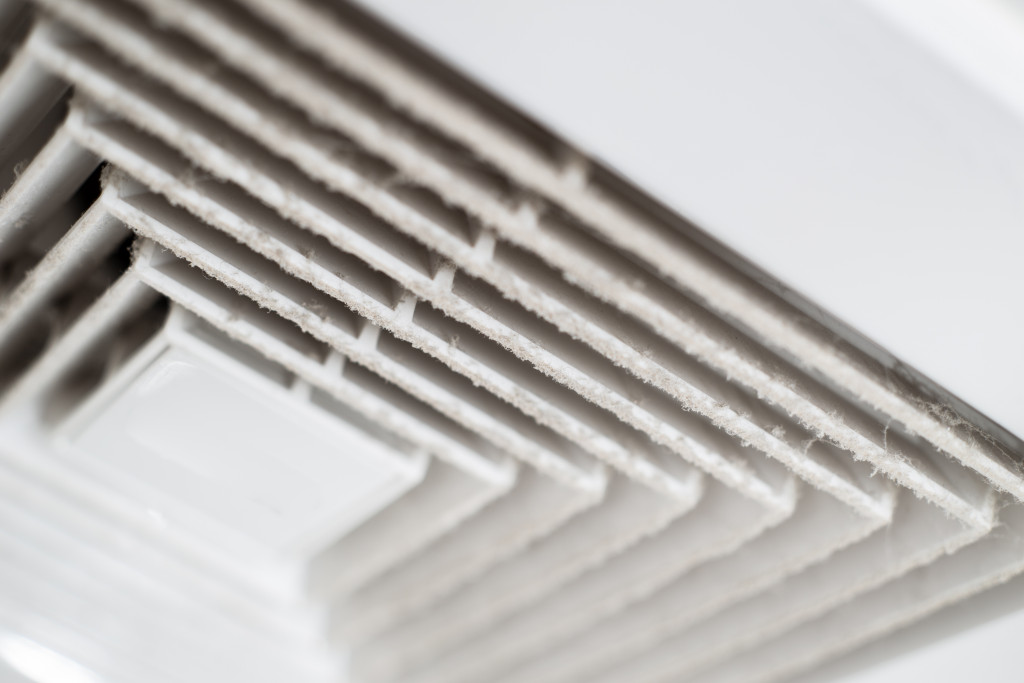- High moisture levels can cause severe damage to a home’s interior, such as mold and mildew growth, warping and rotting of wood surfaces, and damage to electronics and appliances.
- Laminate or other non-porous surfaces should be used in areas with high humidity to reduce water accumulation.
- Proper ventilation and using dehumidifiers can help reduce moisture in your home.
- By reducing moisture levels, you can save yourself from costly repairs in the future! These tips will keep your home dry and free of dangerous mold or mildew growth.
Various elements can ruin your home. For example, sunlight can cause fading on furniture and walls, dust can collect quickly, and insects can get into your home and cause damage. However, no other external element can affect your home more than high moisture levels. High moisture levels are one of the most common causes of damage to the interior of your home.
Moisture and Your Home
Moisture can come from various sources, such as humidity, condensation, and flooding. When moisture levels in your home become too high, it can cause severe damage to the interior of your home. From mold and mildew to warping and rotting, water can wreak havoc on a structure if it isn’t correctly cared for. Here are different ways that excess moisture can cause damage to your home and what you can do about it.
Mold & Mildew Growth
One of the most common results of high humidity levels is mold and mildew growth. These pesky fungi love damp environments, so if your home has too much moisture, it’s likely that you’ll start seeing patches of mold or mildew in various places around the house. These are unsightly and smelly and can also cause serious health problems for those living in the home. Therefore, it’s important to reduce moisture levels as soon as possible.

Warping & Rotting
Another consequence of high humidity levels is warping and rotting. Wood materials such as floorboards, doors, and window frames are particularly vulnerable to water damage if not correctly sealed or treated with waterproofing products. When wood absorbs too much water, it swells up and warps out of shape. In extreme cases, this can lead to cracking or even rotting away entirely! To prevent this from happening in your home, ensure you use proper waterproofing products on all wood surfaces exposed to high moisture levels.
Damage To Electronics & Appliances
High humidity levels can also damage your home’s electronics and appliances. Devices such as computers and TVs are especially susceptible because their delicate components can easily be damaged by water or condensation buildup inside the device itself.
To protect these items from water damage, ensure they are stored correctly (away from moist areas) when not in use, and regularly check for signs of rust or corrosion on any metal parts inside them. Additionally, keep an eye out for condensation building up on windows or other surfaces near electronic devices—this is a sign that there may be too much moisture in the air!
Ways to Reduce Moisture in Your Home
Other tips can help reduce moisture in your home. Here are some of them:
Laminate Surfaces
Moisture can easily seep through porous materials, so opt for laminate or other non-porous surfaces in bathrooms and kitchens. This will help reduce the amount of water accumulating on these surfaces. High-pressure laminate installation services can help make this happen quickly and efficiently. They can choose suitable covers for your home so it won’t get affected too much by moisture.

Ventilation
Good ventilation is vital to reducing moisture inside your home. Ensure you have exhaust fans installed in rooms prone to high humidity levels, such as bathrooms and kitchens, to ensure the air is circulated properly. Additionally, open windows whenever possible on days when it’s cooler outside—this will help reduce humidity levels inside the home.
Ventilation & Dehumidifiers
Good ventilation is vital to reducing moisture levels in your home. Open windows when possible to allow air to circulate, and use dehumidifiers in humid rooms to minimize moisture levels further. Dehumidifiers work by sucking moisture out of the air and storing it in a tank—this is a great way to keep your home dry and free from damage.
Insulation
You should also consider installing insulation in your home to reduce moisture levels. Insulation helps keep the temperature and humidity in a room more stable, which can help prevent dampness from settling on walls and other surfaces.
Moisture is common in many homes and can cause severe damage if left unchecked. By reducing moisture levels in your home, you can save yourself from costly repairs in the future! With these tips, you can keep your home dry and free of dangerous mold or mildew growth.
